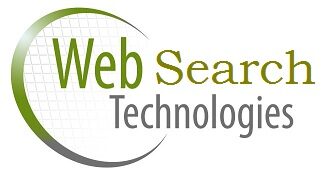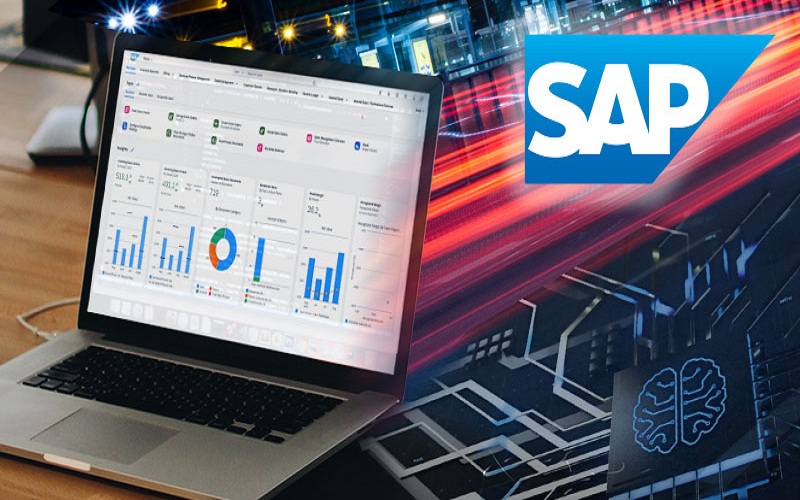Organizations today are on a relentless quest to enhance efficiency, slash costs, and streamline operations, with ERP (Enterprise Resource Planning) system transformations being a top strategy. Among the myriad ERP solutions, SAP ERP emerges as a robust platform that streamlines processes and drives business success. This powerful tool integrates various business functions into a single unified system, enhancing decision-making and efficiency. Covering finance, supply chain, human resources, and customer relationship management, SAP ERP comprehensively addresses all critical organizational needs.
Assessing Current Business Processes
To thrive in today’s dynamic business landscape, companies must consistently evaluate their operations to ensure they are running smoothly and effectively. Assessing current business processes is crucial for identifying inefficiencies and bottlenecks. By prioritizing process mapping before any transformations, organizations can lay the foundation for streamlined operations and sustainable growth.
Identifying inefficiencies is key to boosting productivity. Common culprits include outdated technology, poor training, weak communication, and bureaucracy. Businesses should review their operations by collecting data, consulting employees, and analysing workflow patterns. Utilizing workflow analysis tools or process mining provides critical insights into task performance and slowdowns.
Identifying bottlenecks, where work piles up because it can’t move forward, is crucial. These chokepoints severely delay processes andoccur due to limited resources like insufficient staff or equipment, or inefficient checkpoints needing too much review or approval. Once detected, businesses can tackle these issues by restructuring workflows and automating repetitive tasks. Addressing these bottlenecks leads to a more efficient process flow.
However, before embarking on any transformative changes, it is essential to undertake process mapping—a visual representation of the sequence of actions involved in a business process. Process maps serve multiple functions; they provide a clear and detailed understanding of existing workflows, highlight areas for improvement, and act as a communication tool among stakeholders
Benefits of Streamlining Processes with SAP ERP
Maintaining a competitive edge these days demands more than just hard work and dedication; it necessitates efficient processes and data-driven decision-making. One of the most powerful ways to boost efficiency is by streamlining processes with SAP ERP software. By merging various functions across an organization into a single cohesive system, SAP ERP delivers a host of benefits that can dramatically elevate a company’s performance.
Adopting SAP ERP significantly boosts efficiency and productivity by automating repetitive tasks and unifying processes. Workflow automation speeds up task completion and reduces errors, leading to higher overall productivity and allowing employees to focus on strategic business activities. SAP ERP also enhances communication across departments, ensuring alignment and minimizing delays and misunderstandings. Additionally, it improves data management and analysis with powerful tools for collecting, storing, and analysing business data. Real-time access to accurate data provides valuable insights for better decision-making. This agility helps businesses quickly respond to market changes, maintaining competitiveness in a fast-paced environment.
Enhanced decision-making is another key benefit of SAP ERP, offering executives detailed reports and analytics for a clear view of organizational performance. This transparency empowers strategic choices based on solid evidence rather than hunches. With predictive analytics, businesses can foresee challenges and opportunities, staying ahead of the curve. Cost reductions are another compelling reason for adopting SAP ERP. Standardizing processes eliminates redundancies and cuts expenses. Integrated procurement leads to better supplier negotiations and cost savings. Improved accuracy in financial reporting reduces errors, translating to significant financial gains over time.
How to use SAP ERP to streamline Processes?
SAP ERP is a powerful software suite that helps companies manage and automate various business functions, with modules tailored to finance, HR, supply chain, and CRM. It consolidates disparate systems into a single platform, allowing real-time visibility and control over operations. By breaking down silos, SAP ERP ensures all departments use up-to-date information, leading to better decision-making and fewer errors.
Here’s how you can use SAP ERP to streamline your processes effectively:
Business Process Reengineering (BPR):
Scrutinize your current processes to pinpoint inefficiencies before diving intp SAP ERP implementation. Reengineer these processes to sync with best practices and your organizational goals.
Implementation Planning:
Craft a meticulous SAP ERP implementation plan packed with timelines, resources, and milestones. Design this plan to minimize interruptions to ongoing operations.
Customization and Integration:
Tailor the SAP ERP system to meet your business’s unique needs. Seamlessly integrate the ERP with your existing systems and third-party applications.
Data Management:
Clean and migrate your existing data to the new system. Set up protocols for data entry, quality control, and ongoing data management to maintain accuracy and reliability.
Automate Workflows:
Harness SAP ERP’s power to automate repetitive, time-consuming tasks. Increase efficiency and reduce human error through automation.
User Training and Support:
Deliver comprehensive training so employees become proficient with the new system. Provide continual support to tackle any arising issues.
Real-time Reporting and Analytics:
Utilize SAP ERP’s real-time reporting and analytics tools to monitor performance and make informed decisions based on data.
Continuous Improvement:
Continuously evaluate the performance of your SAP ERP system and workflows. Use feedback and data for ongoing enhancements.
Summary:
To excel in today’s fast-paced market, businesses must regularly assess their operations to ensure efficiency. Pinpointing inefficiencies and bottlenecks helps boost productivity and eliminate workflow delays. Utilizing tools like workflow analysis can uncover task performance issues, while process maps clarify and enhance workflows. Streamlining with SAP ERP automates tasks and unifies processes, fostering better communication, decision-making, and cost savings.





